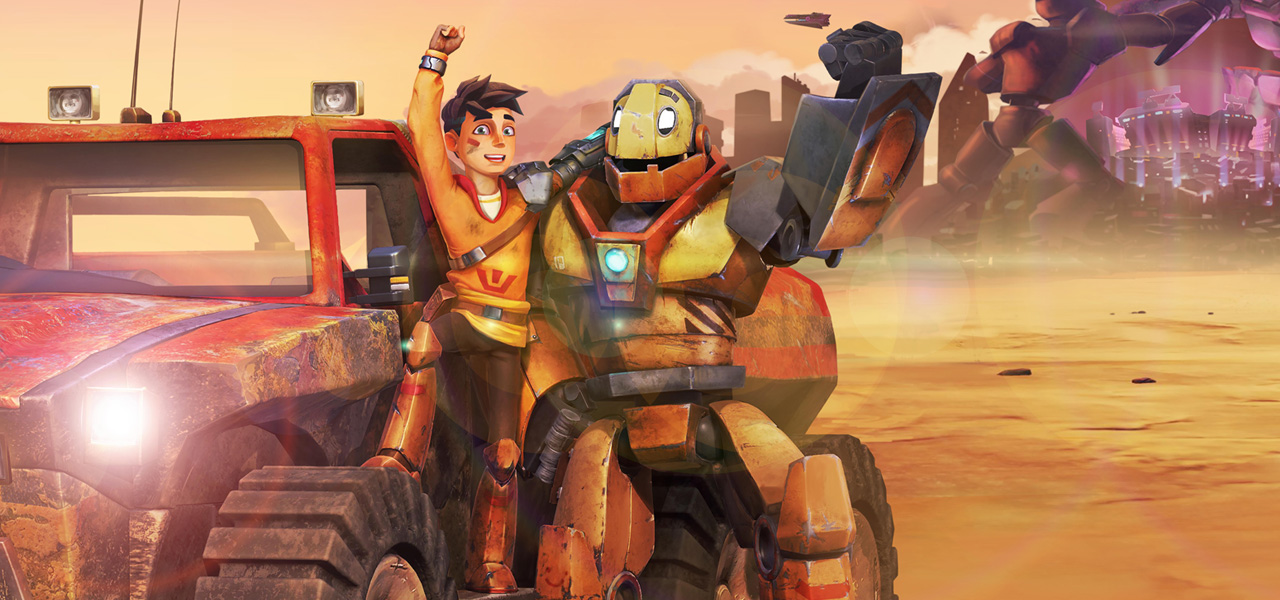
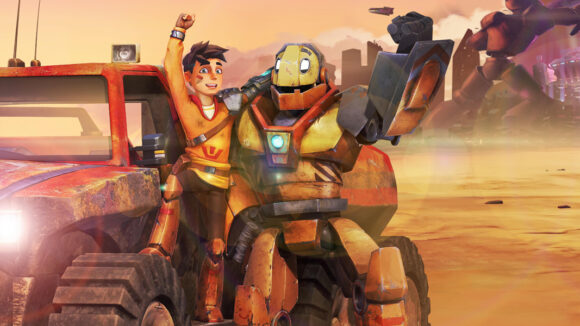
How L’Atelier Delivers Two Episodes of ‘Robozuna’ Every Four Weeks
Those working in animation for television and streaming services will already know the pressures of delivering high quality content on time and on budget. One show that has raised the bar for episodic is the cg-animated Robozuna, a Kidscave Entertainment and ITV Studios production that airs on ITV in the United Kingdom and is now also on Netflix.
Robozuna follows an orphan boy and his homemade robot, who together look to free their homeland from an evil empire and its legion of robots. The show is made by Montreal, Canada studio L’Atelier Animation, known for their work on the feature-length Ballerina.
L’Atelier Animation’s workload on the show is intense – they need to deliver two episodes every four weeks – as they outline to Cartoon Brew in this overview of the company’s pipeline and production process for Robozuna.
“Kidscave Entertainment informed us early on that the quality of the work done on Ballerina is what motivated them to reach out to us,” said L’Atelier animation producer Sebastien Racine. “More specifically, the facial animation we achieved on the film convinced them that we had the skill level needed to take on Robozuna.”
Once on board, L’Atelier was provided with scripts and designs, with the animation studio translating 2d concepts to 3d models and environments. Assets were then sent to Kidscave, which is based in London, in order to generate animatics (done with Redboard storyboarding software). The animatics then informed L’Atelier’s shot pipeline, which had to enable fast episode turnarounds.
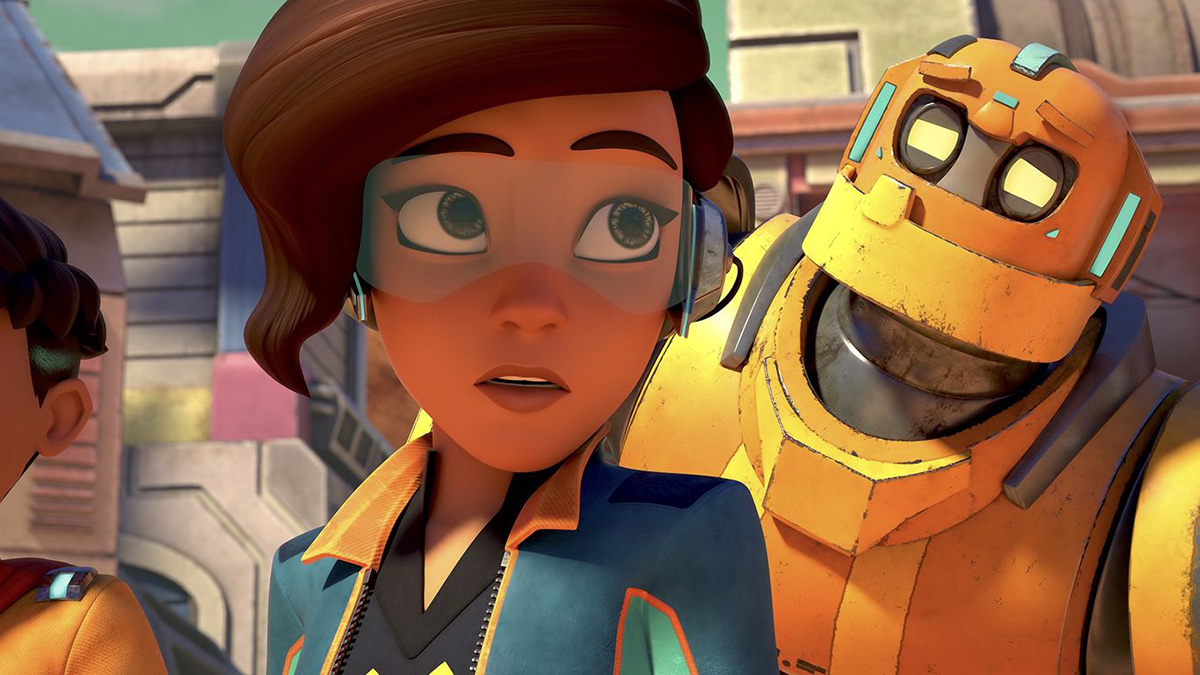
“The production schedule was, and still is, extremely tight,” said head of cg Benoit Blouin. “We are delivering two episodes every four weeks, with an offset for each department. This amounts to a monthly output of 40 minutes of layout and animation, 150 effects shots, and 66,000 final composited frames. To do so, the pipeline uses an in-house builder and a number of automation tools to fetch data via Shotgun, thus allowing us to assemble our scenes using the same interface within all of our software.”
Modeling, rigging, layout, animation, and effects are done in Maya, while texturing is carried out with Substance and Mari. Lighting, compositing, and rendering are handled in Guerilla Render and Nuke. “This is in addition to all the in-house tools we developed in order to optimize the pipeline using Shotgun,” added visual effects supervisor Charles Granger.
Animators on Robozuna have a lot of material to generate – all of it keyframed (motion capture was not considered for the show). “Animators were encouraged to act out an idea to help them bring credibility to a shot,” said animation director Jennifer Harlow, “but otherwise all of the animation was created in Maya and came straight out of each animator’s head. We also had a large library of motions and poses that we constantly updated and used interchangeably amongst the characters.”
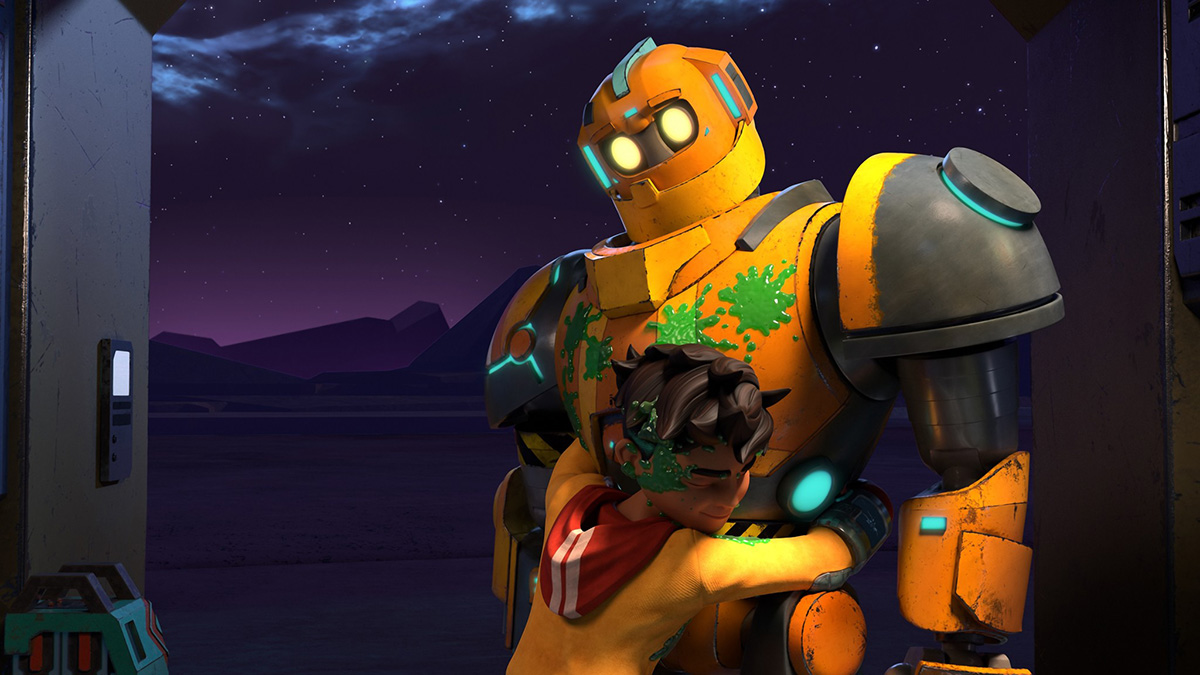
Despite the tight turnarounds, L’Atelier’s goal, according to the studio’s global animation director Ted Ty, was to exceed industry expectations of what an animated television series looked like. “Working within the constraints of television schedule with tight deadlines and challenging budgets meant that our animators had to have a deep understanding of character acting and believable body mechanics on both human and robot characters in order to reach the desired quality levels.”
“More specifically,” continued Ty, “when it came to handling humans versus robots, our aim was to create character-specific performances based on launches with the director. Every character was meticulously analyzed in order to dictate whether their movements would be energetic or subtle, large or demure, depending on their personality and the context of the episode.”
This extended, for example, to ensuring that older robots with older software had more primitive and robotic actions, while ‘new and improved’ robots had movements which were “cooler, sleeker, and more organic,” said Ty. “A lot of input also came from our animators themselves, who had a lot of creative freedom when in came to executing their ideas. Everyone on the team contributed greatly, resulting in a huge range of entertaining characters.”
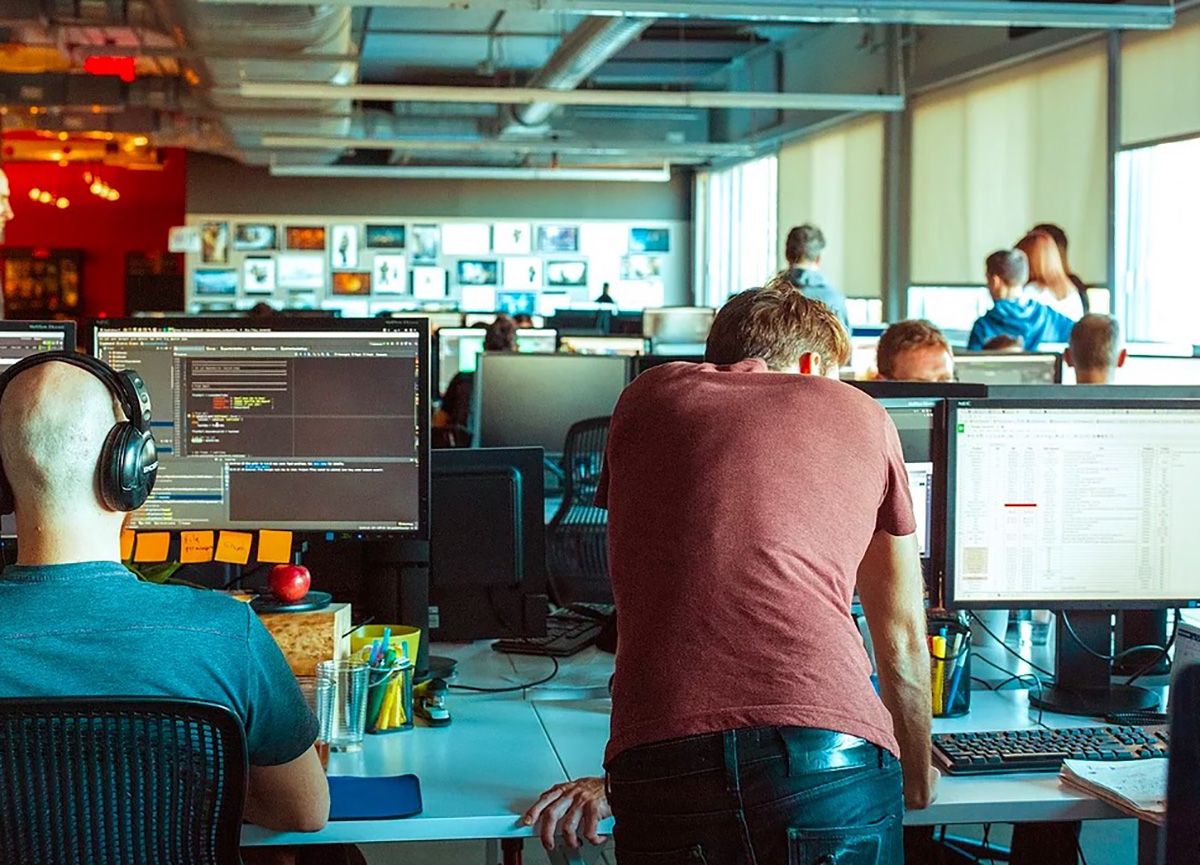
Currently, L’Atelier is finished the second of two, 20-episode-long seasons of Robozuna, with delivery planned for mid-February. The studio is also working on Fireheart, a feature-length animated film co-produced by Main Journey and Caramel Films, as well as Attention Menhir!, an animated short that is part of a “4d ride” at the Parc Astérix in France.

.png)